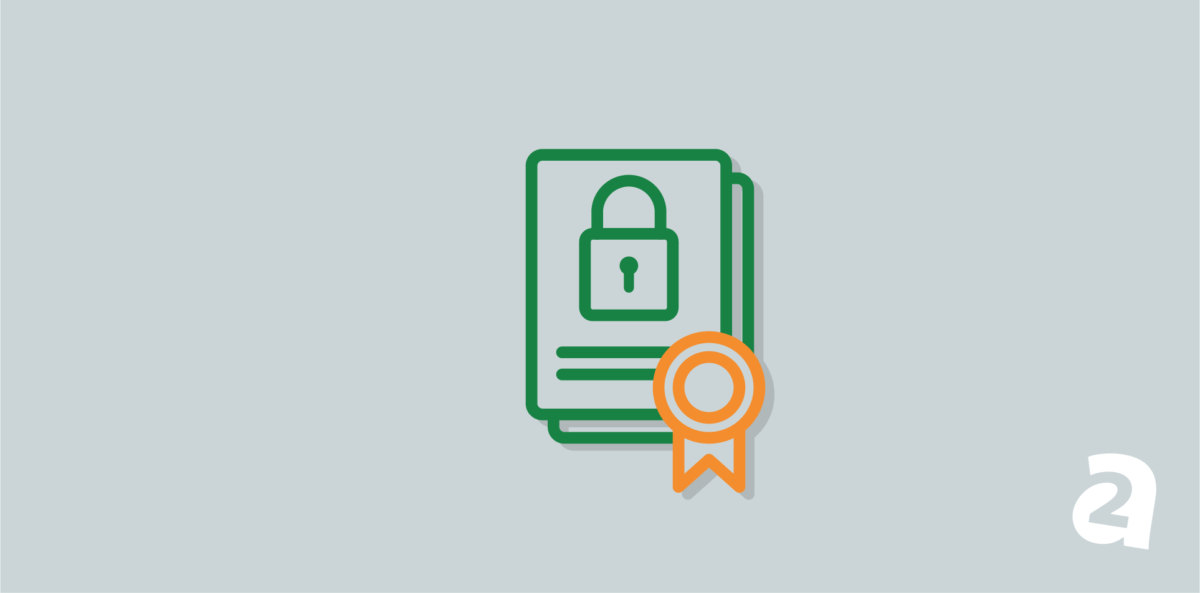- Apr 18, 2018
 0
0- by A2 Marketing Team
Databases may not be exciting, but they are definitely useful. Most websites have their own databases running in the background, storing information and making it possible for people to access what they need. In fact, databases carry out such an important job that you should know how they work and how to access yours.
Knowing how to access your website’s database can come in handy in a variety of situations. For example, it can enable you to retrieve information in case your site ever goes down. Plus, you can even modify your posts through it if you’re a WordPress user.
In this article, we’re going to dig deeper into what databases are and why it’s important for you to know how to use yours. Then we’ll teach you how to access an A2 Hosting database, and explain what you can do with it. Let’s get started!
What Databases Are (And Why You Should Know How to Access Yours)
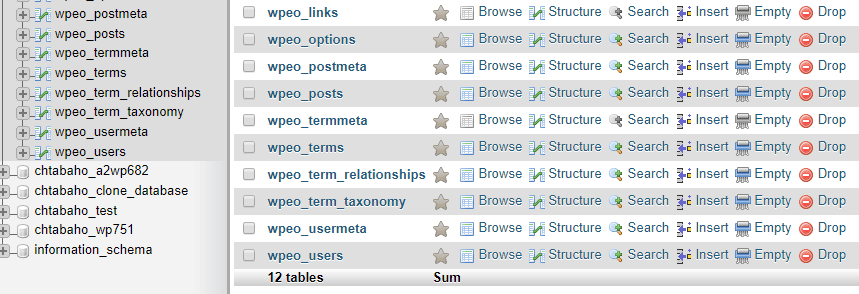
Databases are collections of tables with information. A regular WordPress website will have several tables that include details such as your user data, the content within your posts, and more. This way, your site can access the tables it needs at any moment, and all that information remains organized.
Unless they’re entirely static affairs, most websites have a database working in the background. This means that knowing how to access and edit your databases is a skill that will undoubtedly come in handy at some point, even if you aren’t a developer. Here are some examples of situations where that knowledge can pay off:
- You need to export the contents of your database. If you have a table containing all your user information and you want to create another copy of it, you can simply export it from your database.
- It enables you to edit certain values on your website. For example, you can change (and encrypt) your own password right from your database if you ever lose access to your admin email account.
- You want to find and replace a value within your database. If you change your domain, for instance, you’ll need to update your internal links. You can use a simple SQL query to locate and replace all those values within your database in seconds.
While it is possible to run a website successfully without ever needing to tinker with its database, not knowing how to do this can be limiting. For example, migrating a WordPress website often requires you to create a manual backup of your database, which is impossible if you don’t know how to access yours. It’s best to learn how to do this now, so you’re prepared when the situation arises.
How to Access Your Website’s Database (In 2 Steps)
The specifics of how to access your database can vary depending on which web host you use. For example, we use the cPanel hosting control panel for most of our users. This tool makes it downright simple to access your database anytime you want. However, other control panels may not share the same layout or features.
If your web host uses a different approach, your best bet is to take a look at its knowledge base. This should contain instructions on how to access your database. Failing that, you can always contact a support agent, who should be able to help you. With that said, let’s talk about how to access your database through an A2 Hosting account.
Step 1: Log Into Your Web Hosting Control Panel
Regardless of which host you’re using, you’ll need to access your account’s control panel before you can enter your database. With A2 Hosting, that process is as simple as clicking on the Login button at the top of our website, and entering your credentials on the next page:
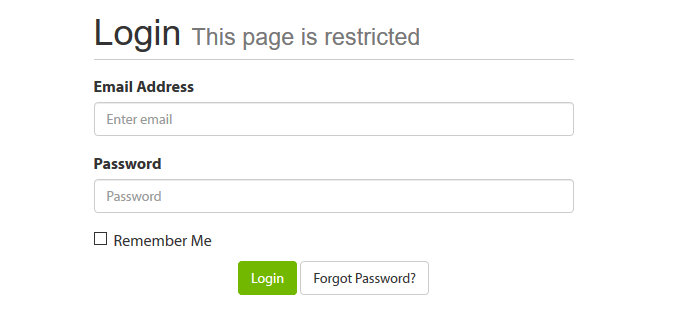
Afterward, you’ll see an overview of all the services you’re subscribed to, including your hosting plans and domains. Within that page, there’s a subheading that reads cPanel Quick Login. Under it, you’ll see a list of your domains with green Login buttons next to each:

Click on the Login button for the website that the database you want to access belongs to. A new tab will open, with your website’s cPanel and all the tools it includes:
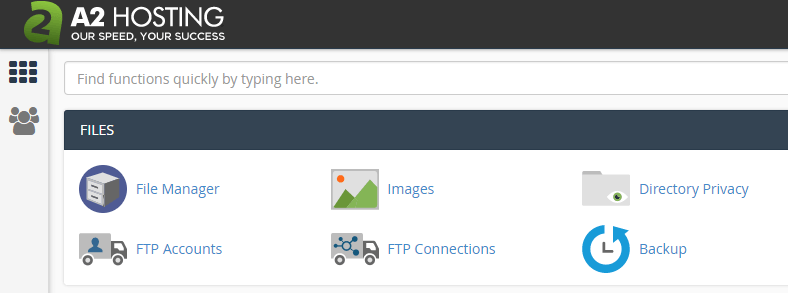
For now, we’re going to focus on database-related features. However, you should take some time to explore the other tools included in your cPanel, and get acquainted with how they work. Just be careful not to make any changes unless you know it’s safe to do so!
Step 2: Use phpMyAdmin to Access Your Database
phpMyAdmin is a tool that enables you to access and edit your MySQL databases. It’s built into cPanel, and it’s one of our favorite tools due to its ease of use and modern interface:
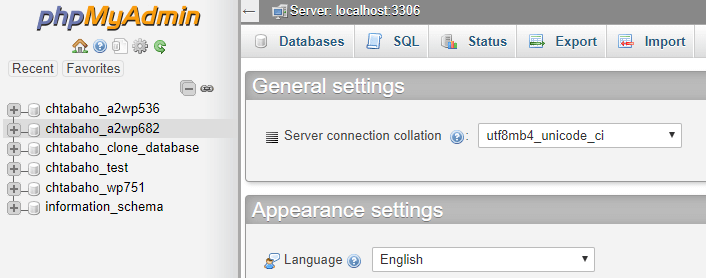
To access your website’s database via phpMyAdmin, look for the Databases section within your cPanel. Then, click on the phpMyAdmin button:

Doing this will open the tool in a new tab. Once you’re inside, you can see a list of your existing databases to the left. In most cases, you’ll see a single database. However, if you’re using your hosting plan for more than a single website, chances are there will be additional databases within that list. In any case, you can access the one you want by clicking on it. Afterward, you’ll see a list of all the tables that make up your database:
Each table, in turn, is made up of rows, just like a spreadsheet. You can directly edit, copy, and delete any row you want using phpMyAdmin, although that’s not recommended unless you know it’s safe to do so:

Clicking on a row’s Edit button will show you all the values you can edit for that particular item, which will vary depending on what it is. For example, if you want to edit an entry for a WordPress user, here are some of the fields you’d see:

If you want to get into more advanced subjects, you’ll want to learn how to use basic SQL queries. These enable you to find specific information and manipulate it using commands, right from the SQL tab at the top of your phpMyAdmin screen:

Finally, you should also read up on how to use phpMyAdmin’s Import and Export features, which enable you to create copies of your database or upload them. These can come in handy for backup purposes or to migrate a website.
Conclusion
These days, running a website means you’ll probably need to deal with databases sooner or later. With that in mind, getting acquainted with databases early on is a smart idea. This way, you’ll be ready when you run into a situation where you need to access yours to fix a problem, or simply to retrieve important information.
Fortunately, dealing with databases is surprisingly simple. There are tools with user-friendly interfaces that make the process a lot less painful than you’d expect. For example, here’s all it takes to access your A2 Hosting database:
- Log into your web hosting control panel.
- Use phpMyAdmin to access your database.
Image credit: Pixabay.
